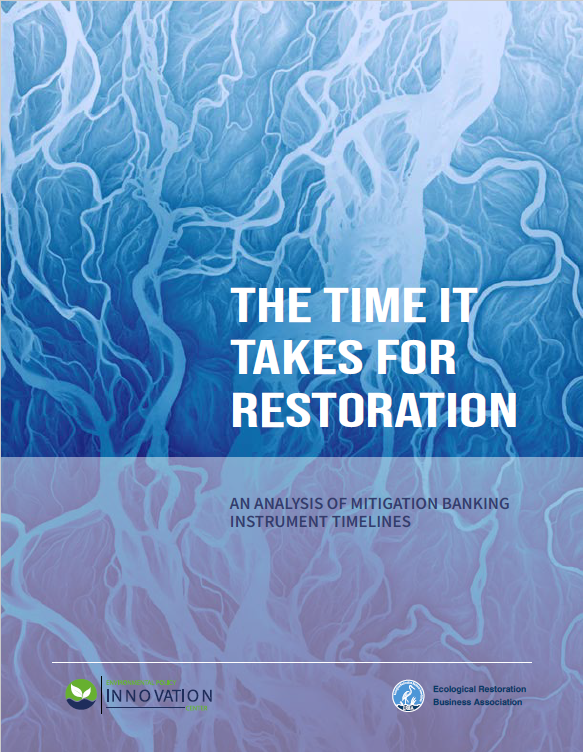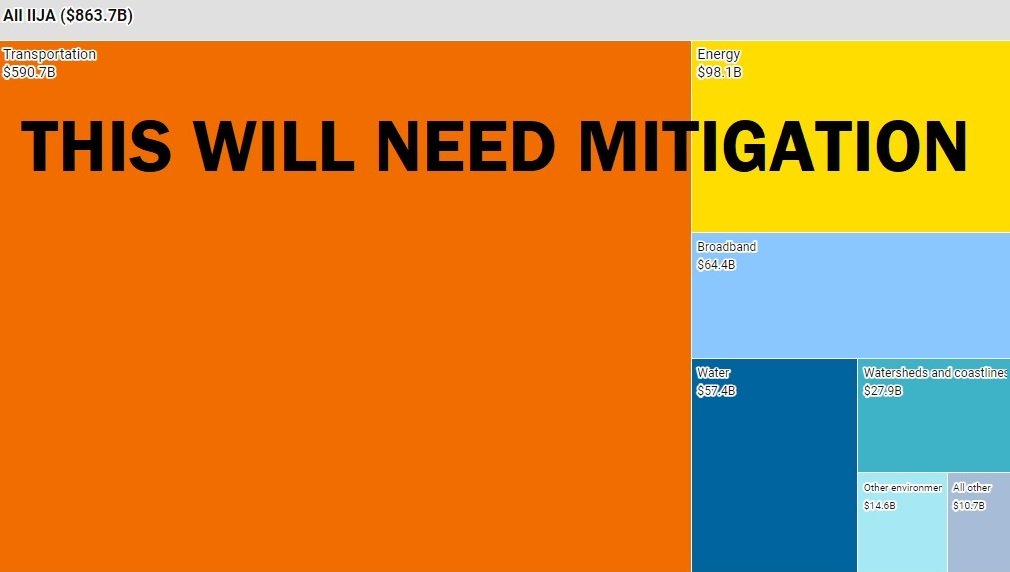Discover More

Turning Pay for Success Theory into Practice: Imagining the Future in Milwaukee

Addressing GSI Challenges and Opening Up Opportunities with a Pay for Success Model

Stormwater Incentive Programs: Keys for Success
Stormwater Incentive Programs are important tools to address stormwater runoff from private property. Numerous examples exist, and they vary in their benefits and challenges.

Demystifying environmental sandboxes: What are they, and what aren’t they?
Everybody’s talking about environmental sandboxes. What are they, and maybe more importantly, what aren’t they?

New Database Has Key Ingredients for Streamlining Restoration Permitting & Buying Environmental Outcomes

New Research: A Wishlist for Improving the Mitigation Bank Approval Process

New Research: Bottlenecks and Solutions to Accelerate Conservation Bank Approvals in California

Top 20 ideas for conservation in Senate NEPA legislation

The Fish Don’t Care!

Webinar Recording: The Time it Takes for Restoration

Just Being in Arizona Will Slow Your Permit, a Pipeline across Alaska Needs Less Permits than a California Restoration Project, and Other Fun Facts

New Research Finds that Wetland and Stream Mitigation Banks Take Over 1,000 Days to Approve

Why are We Spending ⅓ of a Restoration Project’s Funding on Permitting?
If You Can Track a Pizza, You Can Track a Permit

Build Conservation Banking Back Better

Streamlining Restoration Projects with Nationwide Permit 27: An Explainer
This explainer reviews how NWP 27 created huge efficiencies in permitting aquatic resource restoration with widespread benefits to coastal and upland wetlands, streams, and other resources. Other Federal and state regulations could take a cue from this example and streamline projects proven to create a net benefit in natural resources. Photo credit: James Loesch

Recent Efforts to Streamline Restoration Permitting: Why it matters
Ecological restoration projects are often as difficult, if not more so, to permit than development. There are multiple regulatory agencies, exorbitant costs, and often years of time needed to secure proper permits. Obviously, this is a barrier for restoration work. Smaller firms and local efforts often do not have the money, time, or technical expertise to navigate this difficult process and will either abandon or avoid projects because of permitting red tape. Our ecological crises are on tight timelines; we don’t have years to wait around for complicated layers of permits. When speaking about our response to climate crises, Wade Crowfoot, California’s Secretary of Natural Resources succinctly put it, "Winning slowly is still losing. We’re still losing if we’re winning in tiny bites. We need to be doing much bigger things faster. That’s how urgent the situation is."


